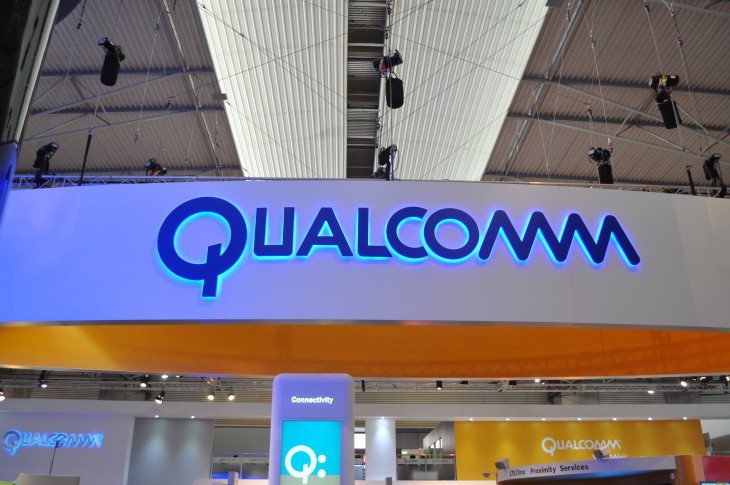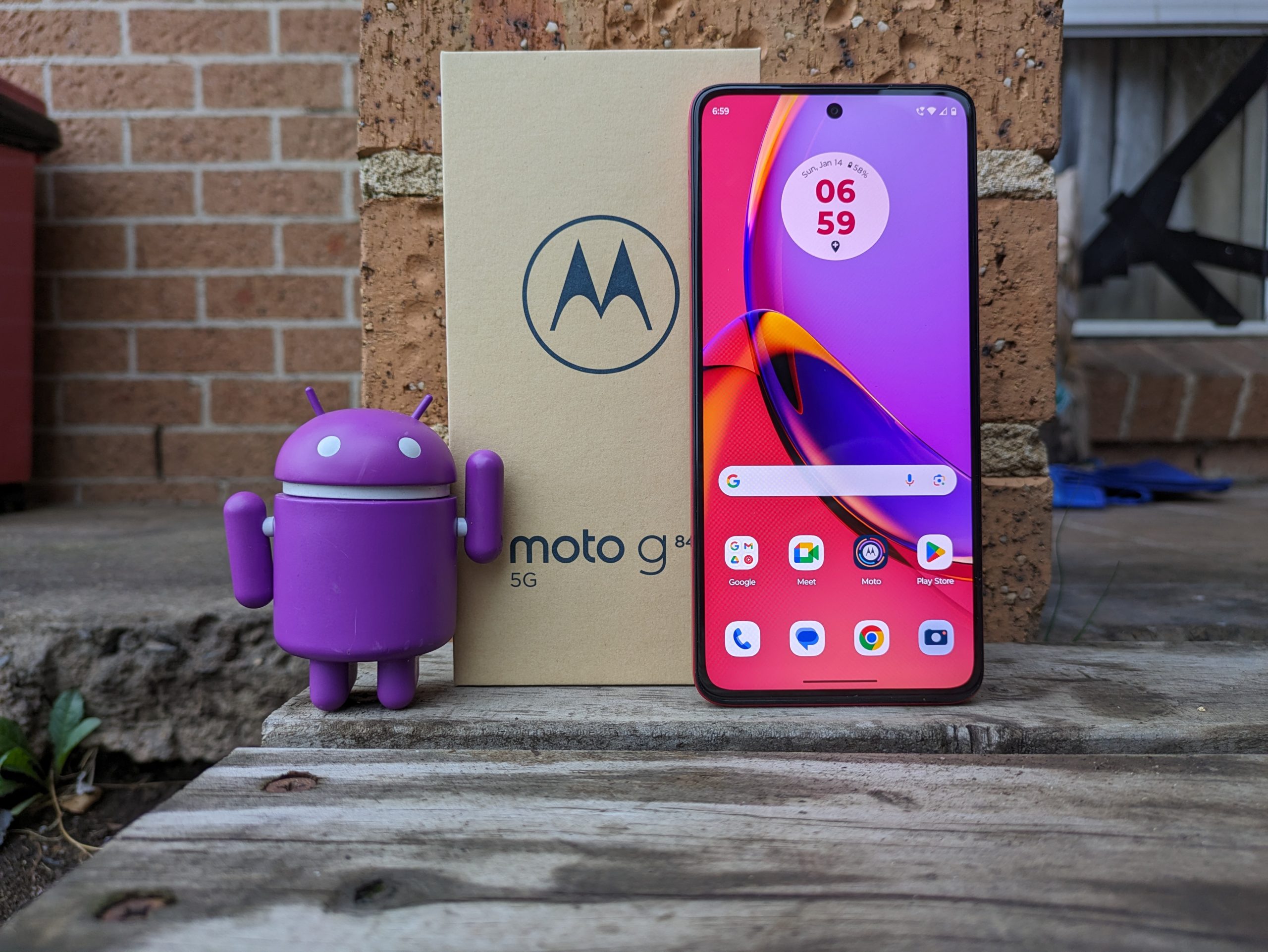
A few years ago, it was all about wireless charging, but for many this trickle charging method just didn’t cut it. Qualcomm introduced their Quick Charge process to some of their processors, and since then it has been an arms race with each company trying to outdo the other with faster charging.
We have Qualcomm’s Quick Charge, Oppo’s VOOC, Mediatek’s PumpExpress, OnePlus’ Dash Charge and Motorola’s Turbo Charging. All work very similarly with some just being rebranded from another name.
Qualcomm have now announced that their upcoming Snapdragon 830 processor will support up to 28W charging through it’s new Quick Charge 4.0 technology. The charging will support up to 5V/4.7A~5.6A, 9V/4A. That is quite a bit of power to supply to a device, hopefully we will not see any exploding phones because of it.
Qualcomm have developed a new technology called Intelligent Negotiation for Optimum Voltage (INOV) which identifies how much power the battery can handle at that particular moment and lowers and raises it as required to prevent overheating.
It is surprising that this was released just days after Google released their 85 page document, the Android Compatibility Definition Document which we dissected the other day. Within the document there is the wording:
Type-C devices are STRONGLY RECOMMENDED to not support proprietary charging methods that modify Vbus voltage beyond default levels, or alter sink/source roles as such may result in interoperability issues with the chargers or devices that support the standard USB Power Delivery methods. While this is called out as “STRONGLY RECOMMENDED”, in future Android versions we might REQUIRE all type-C devices to support full interoperability with standard type-C chargers.
With Qualcomm announcing this degree for fast charging it is only a matter of time before the other companies release something similar which puts Google in a bit of a pickle. Do they attempt to enforce their USB Type-C charging standards onto manufacturers? Is there room for both?
For me, I don’t see there being an issue if a device supports one or the other, although having to buy more and more chargers each new phone is annoying. Ideally devices using Qualcomm’s Quick Charge 4.0 (and others) would also support the USB Type-C standard allowing for not just fast charging with the charger that came with the device but also with standard USB Type-C chargers.
One thing is for sure: this is getting messy, just when we though Google were cleaning it up. I love the innovation of charging at 28W but not sure how Google will react to it. What do you think? Is there a place for innovative charging solutions or should everyone stick to the USB Type-C standards.






How on earth are “ordinary” consumers (ie, those who don’t follow all of the tech side of mobiles) supposed to buy a compatible charger for their new phone with so many differing, and not necessarily safely compatible, charging options? This is, for me, the biggest issue to be resolved.
There’s also the fact that: 1) Quick Charge 2.0/3.0 chargers are inherently dangerous because the chip leaves vbus (the USB power line) in a hot state always providing power. This could potentially damage certain devices if plugged in. 2) Any quick charge format that modifies vbus voltages (Quick Charge, et. al.) violates the USB-C spec. They’re non standard and cannot be USB Certified. 3) It creates a split market for no reason. USB Power Delivery already supports 28Watt charging. It supports up to 100Watt charging and let’s the device pick which voltage levels (5,9,12,15,20) and amperage it wants. While INOV… Read more »
If battery sizes don’t start increasing then having higher power charging is going to have diminishing returns and going from e.g 28W to 40W is only going to cut a couple of minutes off an already quick charge, so I can see this slowing down soon until battery technology catches up.
My only concern is with safety and battery degradation.
If those things are fine with a 28W charger, then I don’t see any problem. The faster the charging, the better.